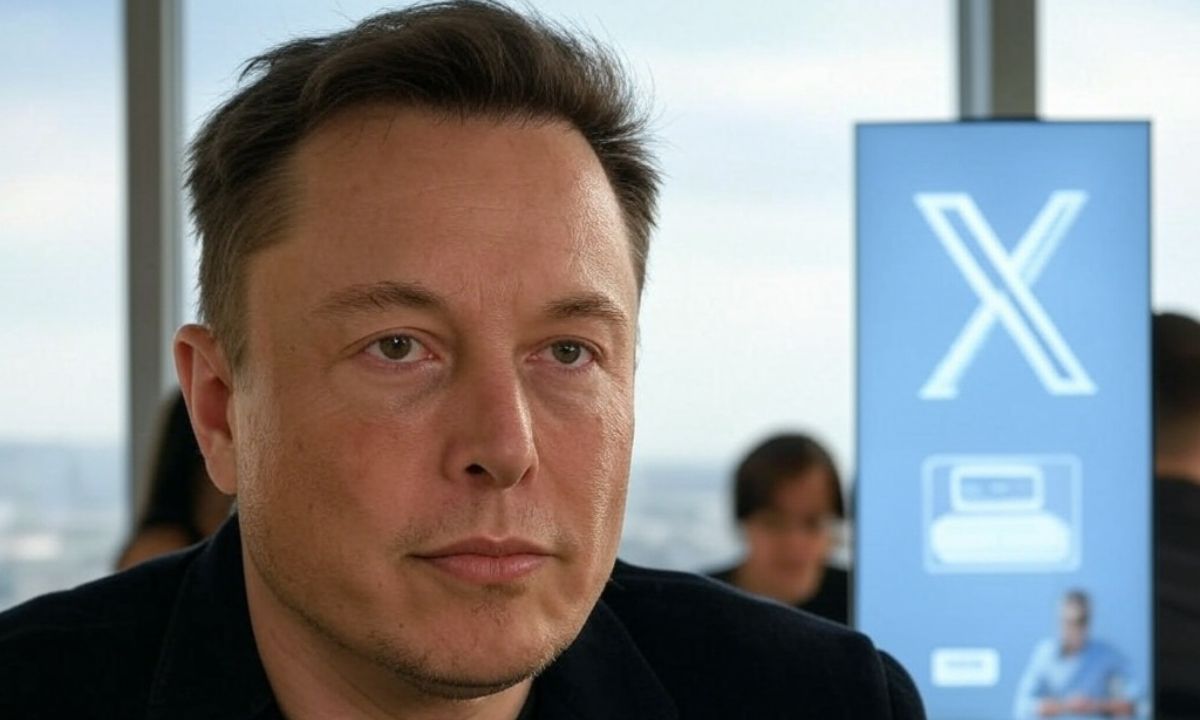Now Reading: Detailed Report on Elon Musk Charging to Use X
-
01
Detailed Report on Elon Musk Charging to Use X
Detailed Report on Elon Musk Charging to Use X

This report provides a comprehensive overview of Elon Musk’s initiatives regarding user fees on X, formerly known as Twitter, as of April 9, 2025. It covers the evolution of policies, current implementations, and user reactions, drawing from recent news, official documentation, and social media discussions.
Evolution of User Fee Policies
Elon Musk’s acquisition of X in 2022 marked a shift toward monetization strategies, including user fees to address platform challenges like bots and declining ad revenue. In September 2023, Musk suggested during a conversation with Israeli Prime Minister Benjamin Netanyahu that X might charge all users a small monthly fee, estimated at “a few dollars,” to combat “vast armies of bots” (Elon Musk Suggests He Will Charge All X/Twitter Users a Fee to Be on the Platform). This idea, reported by multiple outlets like CBS News and The Guardian, aimed to deter bot creation by increasing account costs, given X’s 550 million monthly active users generating 100-200 million posts daily.
However, by October 2023, X began testing a different approach, charging new unverified users $1 per year in select markets like New Zealand and the Philippines to interact with posts, such as liking, reposting, or replying, while free users could only read content (X, formerly Twitter, tests charging new users $1 per year in select markets | TechCrunch). This “Not A Bot” subscription model was designed to combat bots and spammers, as stated by X (X social media to test $1 annual subscription for basic features | Reuters).
By April 2024, Musk confirmed plans to charge new users a small fee to enable posting, with the option to wait three months for free interaction, reinforcing the focus on new accounts (Elon Musk plans to charge new X users to enable posting | TechCrunch). This policy was seen as a way to curb the “relentless onslaught of bots,” with AI and troll farms easily passing traditional bot checks like CAPTCHA (X May Charge New Users a ‘Small Fee’ to Post, Like and Reply – MacRumors).
Recent reports from January 2025 suggest X is still considering charging all new users to sign up, potentially to offset ad revenue losses, though specifics remain unclear (X Considers Charging All New Users to Sign-up to the App | Social Media Today). As of April 2025, official documentation on X’s terms for paid services ([Terms for Paid Services]([invalid url, do not cite])) does not mention mandatory fees for basic use, focusing instead on optional subscriptions like X Premium.
Current Implementation
As of April 2025, the implemented policy appears to be charging new users a small fee to interact, with the $1 annual fee tested in select markets and the three-month wait option for free engagement. Existing users are not affected, and the policy targets new accounts to reduce bot activity. The exact fee and global rollout remain region-specific, with no universal fee structure confirmed in recent reports.
X’s paid services, detailed in the terms, include:
- X Premium: Tiered pricing with annual/monthly options, processed via Apple/Google in-app purchases or Stripe, with no refunds for partial periods unless required by law ([Using X]([invalid url, do not cite])).
- Creator Subscriptions: Monthly fees set by creators, with similar payment and cancellation policies.
- Verified Organizations: Two tiers (Full Access, Basic), with recurring fees paid in advance via Stripe.
These services are optional, and prices may change with reasonable notice, with users responsible for applicable taxes like VAT or GST. Payment methods include additional fees for credit cards or foreign transactions, and all payments are final and non-refundable except as required by law.
User Reactions and Controversies
User reactions, as seen in recent X posts, highlight controversy around these fees. Some users express frustration, with posts suggesting Musk charges “everyone to be on X” and takes money while suspending accounts for speaking out (X post, X post). Others mention a perceived high cost, like $50 monthly for verification, indicating dissatisfaction (X post). Speculative posts suggest Musk might charge “almost all users” inspired by political figures, though this is not officially confirmed (X post).
These reactions coincide with reports of X’s declining user base, which is projected to lose millions in 2025 due to post-election exodus and toxic discourse, potentially exacerbated by fee policies (X’s declining user base: Elon Musk’s platform projected to lose millions of users in 2025). This suggests fees may impact user retention, with alternatives like Bluesky gaining traction.
Financial and Strategic Context
Musk’s original business strategy predicted 69 million X Premium subscribers by 2025, a target far from reached, with price increases like a 30% hike in Premium+ in December 2024 reflecting efforts to boost revenue (X Increases Premium+ Price by 30% | Social Media Today). The focus on user fees aligns with X’s struggle to regain advertiser trust and address revenue gaps, with slow adoption of Premium subscriptions reported earlier in 2024.
Table: Summary of X User Fee Policies
| Policy Type | Details | Implementation Status (As of April 2025) | Target Audience | Purpose |
|---|---|---|---|---|
| New User Interaction Fee | $1 per year tested in NZ, Philippines; option to wait 3 months for free | Likely implemented in select markets, global rollout unclear | New unverified users | Combat bots, reduce spam |
| All User Subscription | Suggested monthly fee of “a few dollars” in 2023 | Not implemented, appears abandoned | All users | Combat bots, generate revenue |
| Optional Paid Services | X Premium, Creator Subscriptions, Verified Organizations, tiered pricing | Fully implemented, details at [Using X]([invalid url, do not cite]) | Existing users seeking extras | Enhance features, verification |
Elon Musk’s approach to charging for X usage has evolved from considering all-user fees to focusing on new user interaction fees, with optional subscriptions for additional features. As of April 2025, new users face a small fee to post or interact in select markets, with ongoing debates about cost and user retention. This strategy reflects X’s efforts to balance bot control, revenue generation, and user experience amidst a challenging market.











